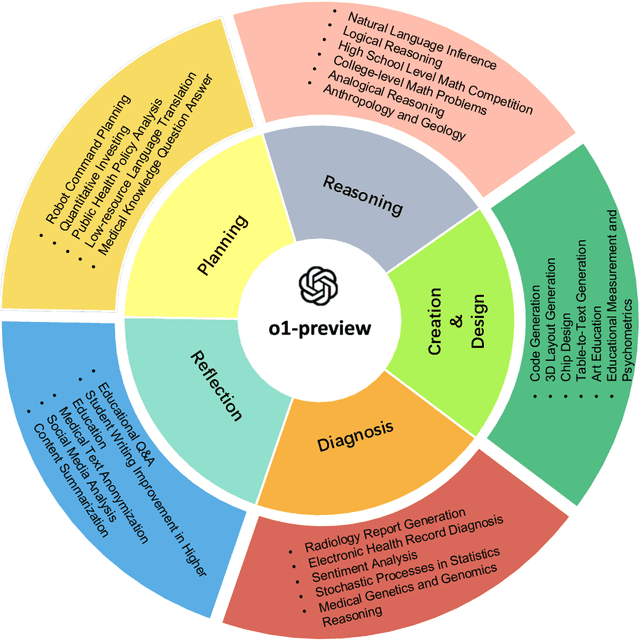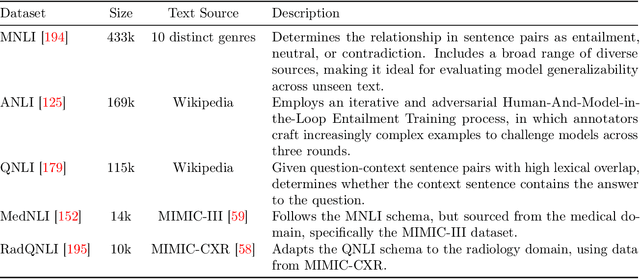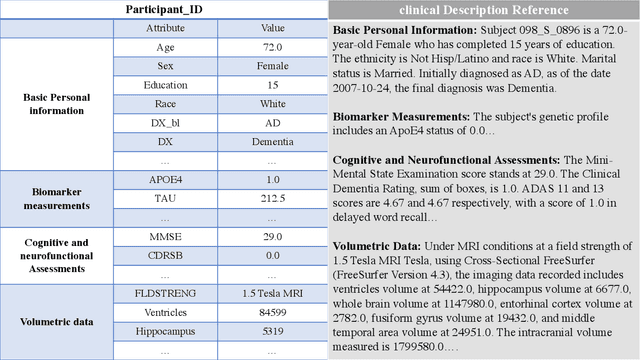Bochen Xu
Bridging Technology and Humanities: Evaluating the Impact of Large Language Models on Social Sciences Research with DeepSeek-R1
Mar 21, 2025Abstract:In recent years, the development of Large Language Models (LLMs) has made significant breakthroughs in the field of natural language processing and has gradually been applied to the field of humanities and social sciences research. LLMs have a wide range of application value in the field of humanities and social sciences because of its strong text understanding, generation and reasoning capabilities. In humanities and social sciences research, LLMs can analyze large-scale text data and make inferences. This article analyzes the large language model DeepSeek-R1 from seven aspects: low-resource language translation, educational question-answering, student writing improvement in higher education, logical reasoning, educational measurement and psychometrics, public health policy analysis, and art education.Then we compare the answers given by DeepSeek-R1 in the seven aspects with the answers given by o1-preview. DeepSeek-R1 performs well in the humanities and social sciences, answering most questions correctly and logically, and can give reasonable analysis processes and explanations. Compared with o1-preview, it can automatically generate reasoning processes and provide more detailed explanations, which is suitable for beginners or people who need to have a detailed understanding of this knowledge, while o1-preview is more suitable for quick reading. Through analysis, it is found that LLM has broad application potential in the field of humanities and social sciences, and shows great advantages in improving text analysis efficiency, language communication and other fields. LLM's powerful language understanding and generation capabilities enable it to deeply explore complex problems in the field of humanities and social sciences, and provide innovative tools for academic research and practical applications.
Evaluation of OpenAI o1: Opportunities and Challenges of AGI
Sep 27, 2024



Abstract:This comprehensive study evaluates the performance of OpenAI's o1-preview large language model across a diverse array of complex reasoning tasks, spanning multiple domains, including computer science, mathematics, natural sciences, medicine, linguistics, and social sciences. Through rigorous testing, o1-preview demonstrated remarkable capabilities, often achieving human-level or superior performance in areas ranging from coding challenges to scientific reasoning and from language processing to creative problem-solving. Key findings include: -83.3% success rate in solving complex competitive programming problems, surpassing many human experts. -Superior ability in generating coherent and accurate radiology reports, outperforming other evaluated models. -100% accuracy in high school-level mathematical reasoning tasks, providing detailed step-by-step solutions. -Advanced natural language inference capabilities across general and specialized domains like medicine. -Impressive performance in chip design tasks, outperforming specialized models in areas such as EDA script generation and bug analysis. -Remarkable proficiency in anthropology and geology, demonstrating deep understanding and reasoning in these specialized fields. -Strong capabilities in quantitative investing. O1 has comprehensive financial knowledge and statistical modeling skills. -Effective performance in social media analysis, including sentiment analysis and emotion recognition. The model excelled particularly in tasks requiring intricate reasoning and knowledge integration across various fields. While some limitations were observed, including occasional errors on simpler problems and challenges with certain highly specialized concepts, the overall results indicate significant progress towards artificial general intelligence.
 Add to Chrome
Add to Chrome Add to Firefox
Add to Firefox Add to Edge
Add to Edge